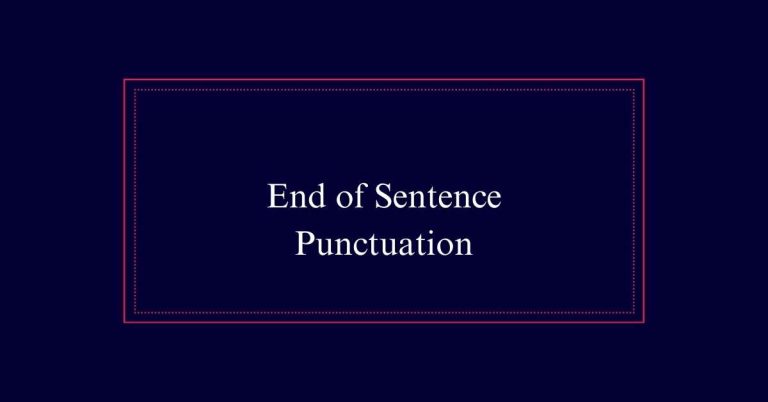Independent and Dependent Clauses
An independent clause contains a subject and a verb, expressing a complete thought. It can stand alone as a sentence. For example: “She sings beautifully.” Contrarily, a dependent clause also has a subject and a verb, but it cannot stand alone. It usually starts with a subordinating conjunction, like “because” or “although.” For instance: “Because she sings beautifully” needs an independent clause to complete the thought.
What Are Clauses?
A clause is a group of words that contains a subject and a verb. Clauses are fundamental building blocks of sentences. They can be complete or incomplete. A complete clause expresses a full thought, while an incomplete clause requires additional information to convey meaning.
Clauses can be categorized as either independent or dependent. Independent clauses can stand alone as sentences. Dependent clauses, also known as subordinate clauses, cannot stand alone and need an independent clause to form a complete sentence. Dependent clauses often begin with subordinating conjunctions such as ‘because,’ ‘although,’ or ‘since,’ or with relative pronouns like ‘who,’ ‘which,’ or ‘that.’
Independent Clauses Basics
Independent clauses are the foundation of complete sentences. They contain a subject and a verb, expressing a complete thought. This makes them able to stand alone as full sentences.
For example, ‘She runs every morning’ is an independent clause. It has a subject, ‘she,’ and a verb, ‘runs,’ forming a complete idea. Independent clauses can also be linked with coordinating conjunctions like ‘and,’ ‘but,’ or ‘or.’
For instance, ‘He likes coffee, and she prefers tea.’ Here, two independent clauses are joined to form a compound sentence.
Dependent Clauses Basics
Dependent clauses, frequently starting with subordinating conjunctions or relative pronouns, require an independent clause to form a complete sentence. They add additional information to the main clause but cannot stand alone. These clauses include a subject and a verb but leave the reader needing more context.
Common subordinating conjunctions include ‘because,’ ‘although,’ and ‘if.’ Relative pronouns such as ‘who,’ ‘which,’ and ‘that’ also introduce dependent clauses.
For example, in the sentence ‘Although it was raining, we went for a walk,’ the dependent clause ‘Although it was raining’ provides context but relies on the independent clause ‘we went for a walk’ to complete the thought.

Types of Dependent Clauses
Dependent clauses come in various forms, including adverbial, adjective, and noun clauses. These clauses function differently within sentences. Adverbial clauses act like adverbs, modifying verbs, adjectives, or other adverbs by providing information on time, place, reason, condition, or manner.
For example, ‘When the rain stops, we will go outside.’
Adjective clauses, also known as relative clauses, describe or provide more information about a noun. An example is, ‘The book that you gave me is fascinating.
Noun clauses function as nouns within the sentence and can act as subjects, objects, or complements. For instance, ‘What she said was surprising.’
Subordinating Conjunctions
Understanding the roles of adverbial, adjective, and noun clauses leads us to the importance of subordinating conjunctions. These conjunctions link dependent clauses to independent clauses, adding meaning and context.
Common subordinating conjunctions include ‘because,’ ‘although,’ ‘if,’ and ‘when.’ Here is their usage:
- Cause and Effect: ‘Because she studied hard, she passed the exam.’
- Contrast: ‘Although it was raining, we went for a walk.’
- Condition: ‘If you finish your work, you can play.’
- Time: ‘When the bell rings, class will begin.’
Relative Pronouns
Relative pronouns are essential in connecting dependent clauses to independent clauses, providing additional information about a noun. They introduce relative clauses, giving more details about the subject. Common relative pronouns include “who,” “whom,” “whose,” “that,” and “which.” Each serves a distinct purpose and fits differently within sentences.
Here is a table summarizing the usage of various relative pronouns:
| Relative Pronoun | Usage Example |
|---|---|
| Who | The teacher who lives next door is kind. |
| Whom | The student Whom you met is brilliant. |
| Whose | The artist whose work you admire is here. |
| That | The book that you lent me is fascinating. |
Connecting Clauses Correctly
Properly connecting clauses guarantees clear and effective communication in writing. Independent and dependent clauses can be connected using various methods that enhance readability.
Here are four key ways to connect clauses correctly:
- Coordinating Conjunctions: Use words like ‘and,’ ‘but,’ or ‘so’ to link independent clauses.
- Subordinating Conjunctions: Words such as ‘because,’ ‘although,’ or ‘since’ connect dependent clauses to independent clauses.
- Relative Pronouns: Introduce dependent clauses using ‘who,’ ‘which,’ or ‘that.’
- Semicolons: A semicolon can join two independent clauses when they are closely related.







